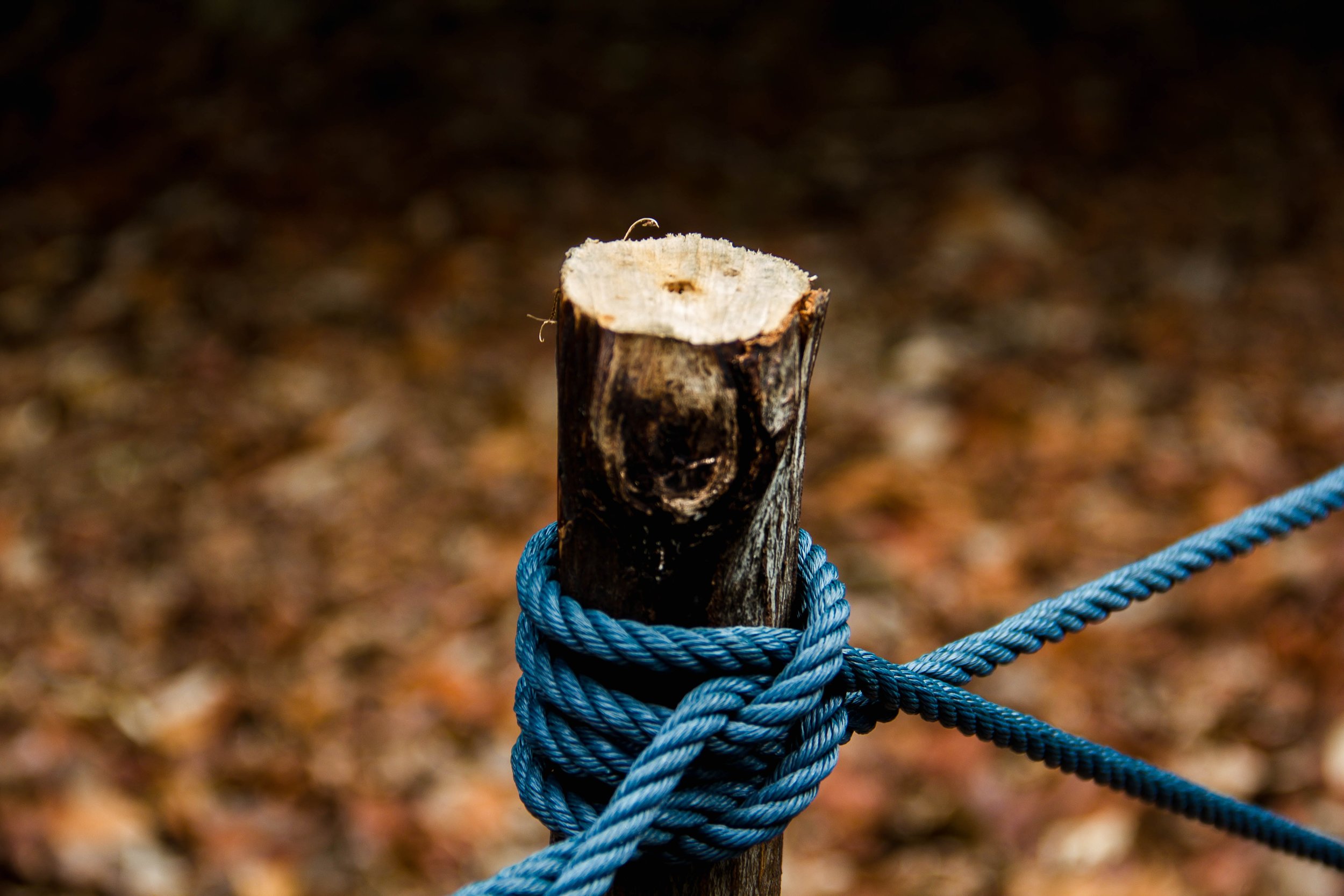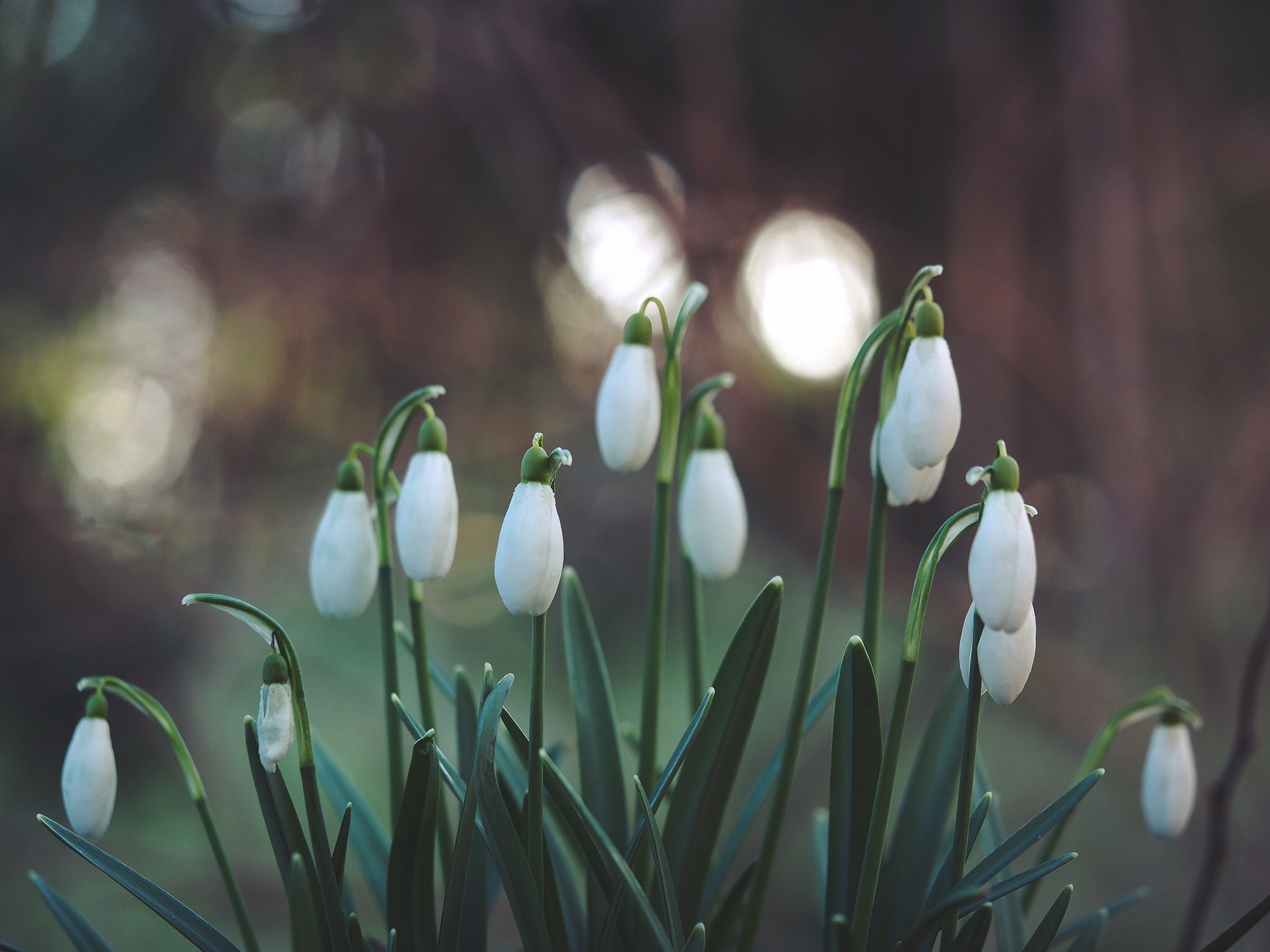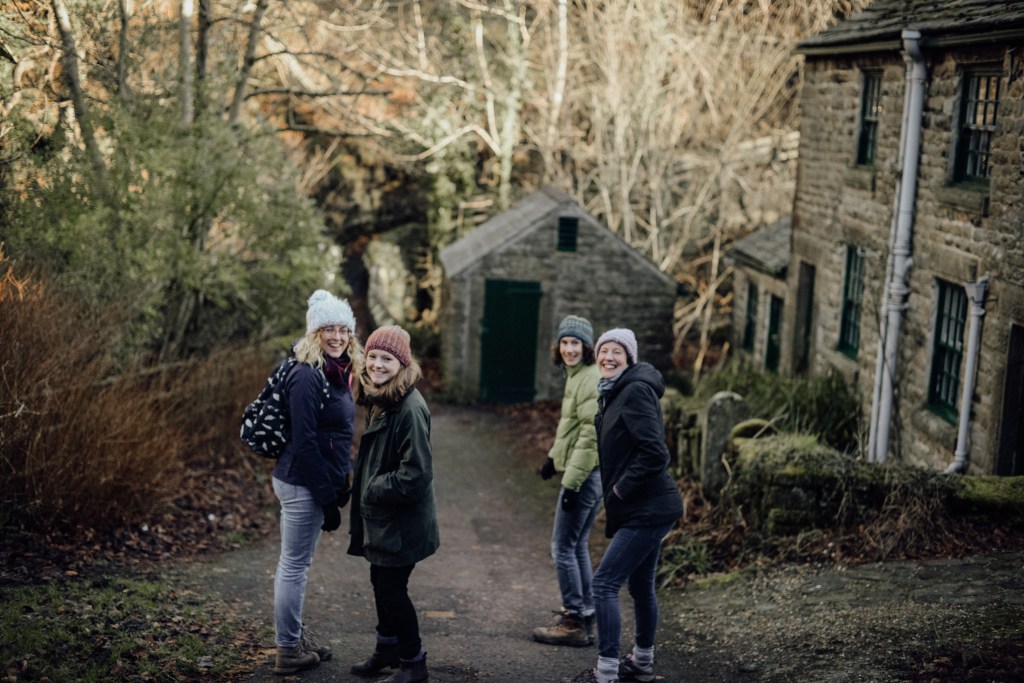It’s always hard to admit when a piece of outdoor clothing has had its last run. It probably cost a lot of money and over several summers has gathered memories you’re not willing to part with. Now there’s a third factor finding voice among the outdoor community — the environmental impact of our specialised gear. Chemical coatings are used during manufacture to provide technical features and finishes. Every time we wash this clothing, these substances (called perfluorinated chemicals) seep into our water systems, eventually finding their way into rivers and seas
Yet, while the use of PFCs and microplastics is still considered essential by the industry, consumers are looking for other ways to reduce the environmental damage that is growing on the back of the outdoor lifestyle trend.
One solution is repair and recycling.
Meet Neza Petreca. Slovenian-born co-founder of Blind Chic and saviour of tired equipment.
Over the last few years several leading brands have begun encouraging customers to return gear for repair, rather than discarding it. Patagonia have even gone as far as setting up pop-up repair shops for gear from any brand. However, Neza takes it a step further. When a piece of clothing is beyond repair she turns it into something new. In collaboration with her customers Neza looks first at repair and if this isn’t possible, they’ll discuss what material can be saved and what new item the customer wants from it.
Her specialism is in bags so often Neza will make pouches, bikepacking bags or even rucksacks from damaged clothing and gear. It was the humble pouch that sparked her ambition to turn recycling into a business. Following the success of her DIY tutorial video on bikepacking.com, friends and family started approaching Neza with their old clothing.
She’s been at it ever since.
When Neza realised this was a passion she undertook an internship with Barbara Heinze, repair seamstress and owner of her own kids clothing brand. It was Heinze who taught her to see every repair as a new problem to solve and who instilled the confidence needed to start cutting up £500 technical jackets!
Since returning to her native Slovenia, Neza has been putting her new techniques to work, as well as persuading anyone who’ll listen to consider where their old clothing goes.
What happens to it once we’ve decided it’s worthless?
The good news is Neza sees change happening. Once recycling was a thing people did because they couldn’t afford new. Now even the wealthy want to buy quality, take care of it and see it last. Customers have become curious; they want to know who’s making their products and where they’re coming from. In turn, this creates a mentality of investment. The customer knows the story behind their purchase which gives them a personal connection, not only to the brand but to the product. It’s an investment — both financial and emotional.
As well as thermal layers and softshell jackets, Neža loves to work with damaged camping mattresses because the stiff fabric makes items that hold their shape. Tents interest her too because the large surface area offers the possibility for multiple new pieces. Here’s a few of Neza’s suggestions for simple ways to make worn summer gear work in winter:
merino t-shirts become neckwarmers
a thin windbreaker transformed into a vest
merino ear flaps on a summer cap when the temperature drops
While the recycling work continues to gain momentum, the designer has set in motion plans to open her own repair shop in Bovec, the outdoor capital of Slovenia. In this tiny town, on the banks of the turquoise Soča river, she envisions a shop and community space offering outdoor education. After all, education is the force driving change in outdoor consumerism.
In the meantime, if you’re interested in recycling or repairing your own equipment, contact Neza through her website.
Image below by Franzi Wernsing





















































